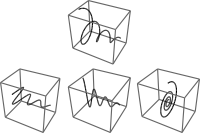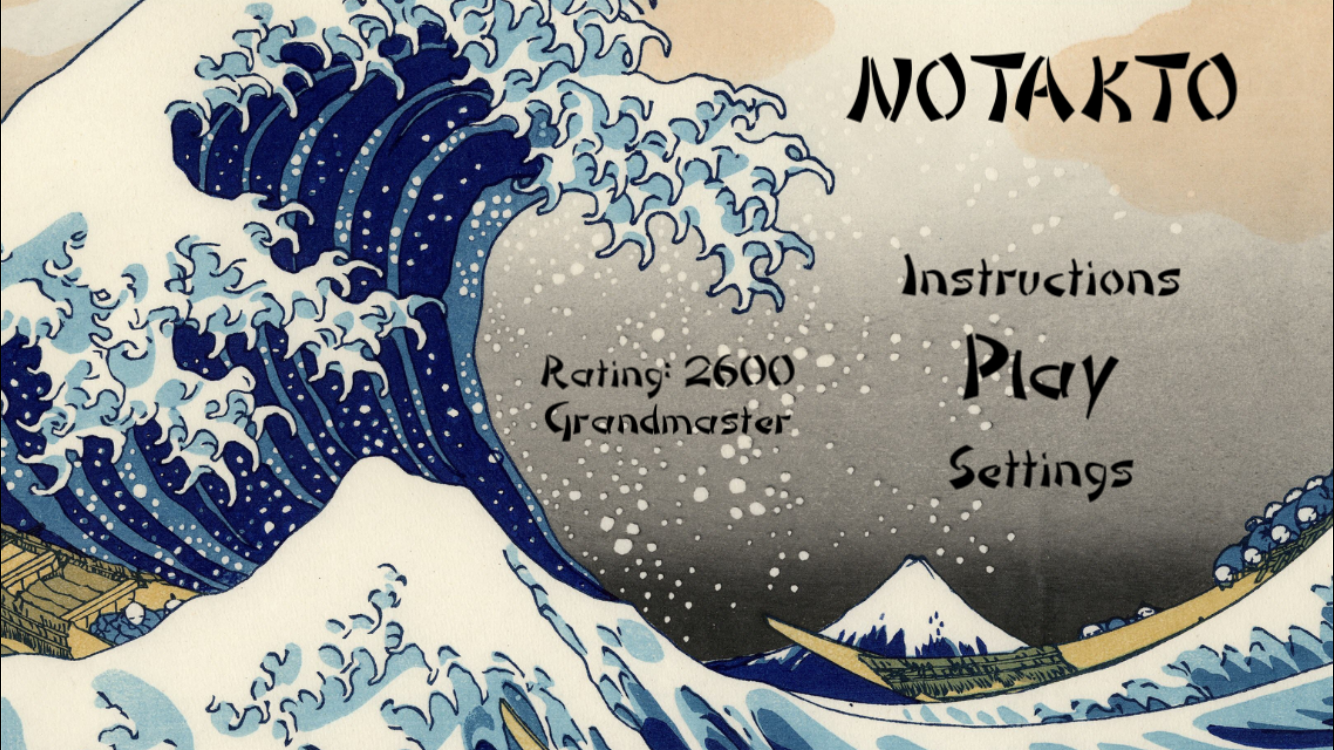WARNING: This post contains some Notakto spoilers. They begin after the screenshot below.
If you’ve played Notakto enough to learn how to reliably beat the app on its Insane setting, you know the following:
- It’s only possible to beat the app in its Insane mode when you elect to move first from an odd number of boards, or alternatively second from an even number of boards.
- It’s not necessary to know how to play an arbitrary Notakto position in order to win. In fact, as long as you have certain board types memorized, it’s possible to “control” the game so that you never have to face a truly unfamiliar position.
What’s left then for a person to do with the app after you’ve mastered it to this level?
Here is a suggestion for such Notakto Grandmasters.
Play the app like this, instead:
- Play it at the “Hard” rather than “Insane” setting.
- Elect to play second with an odd number of boards, or first with an even number.
Playing the game this way puts you, the Notakto Grandmaster, at a decided disadvantage. In fact, if you had chosen the “Insane” setting instead, it would have put you at an absolute disadvantage (ie, you wouldn’t be able to win at all). But at the “Hard” level, the app makes mistakes occasionally. As a Notakto Grandmaster, it’s your task to be able to spot those mistakes and then exploit them.
As you’re developing this skill, it’s useful to press the “Hint” button occasionally to check your understanding. The Hint button is only available in Practice Mode.
This new way of playing Notakto is decidedly more difficult because it involves a much greater knowledge of the exact misere quotient values in the game. Don’t know about misere quotients? Here is a paper that explains them.
You’ll find yourself suddenly curious about the exact symbols underneath each Notakto board type in the figure of that paper that appears at its very end (after the references). Can you handle all the situations that arise?
It’s not easy. Give it a try.
Good luck!
Learn more about Notakto on the Numberphile YouTube channel:
Or read the complete mathematical theory of the game here:

